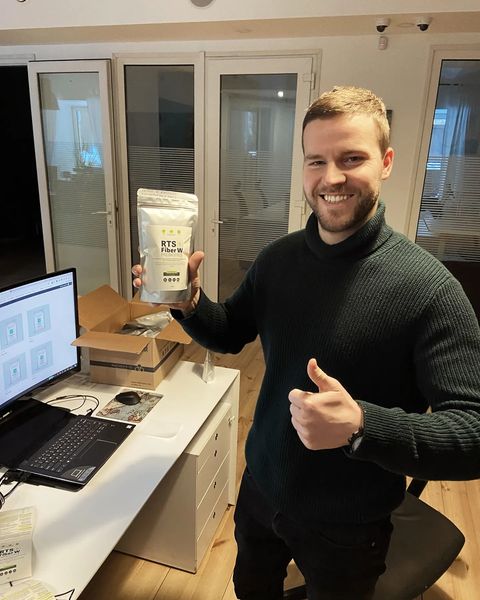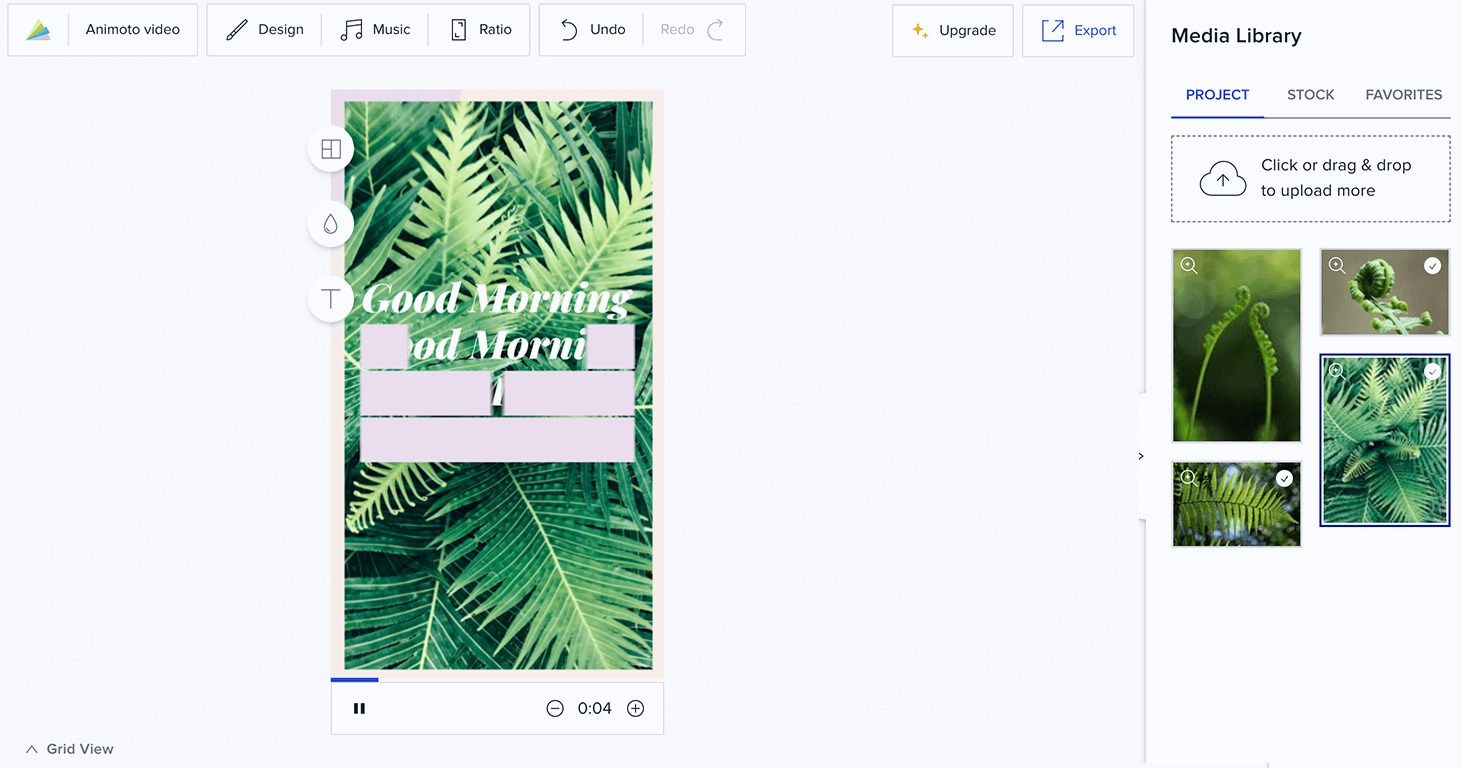Online customer experience is changing like never before. So, brands need to decide: adapt or die, writes BOSCO™’s Morgan Mitchell.
The new customer experience economy is set to be the making or the breaking of not just newer brands but established ones too. Since 2020, the customer experience (CX) online has evolved dramatically. The need for a winning online CX is essential for success and is proving to be one of the most important and fundamental elements of marketing in today’s digital landscape.
With 81% of retailers increasing their investment in CX over the past two years, what does that mean for brands, consumers and the long-term relationship between the two?
The BOSCO™ index measures the online footprint of brands and benchmarks how effective they are with their paid and organic media channels. Using third-party data, BOSCO™ generates a score between 0-1,000 to determine how successful brands are in the digital space.
What is online CX and what does it include?
Online CX refers to the digital customer experience of your brand. It includes every stage of the consumer buying journey, including pre-purchase, purchase and post-purchase.
Online CX is a huge part of brand perception as it encompasses every interaction a customer has with you digitally. That could be from first finding your Instagram page to using your online chat function to troubleshoot an order problem. While that may sound overwhelming, online CX is really just about providing a persona to your brand and carrying this through every customer-facing element of the business. And as we’re sure you know, consistency is key.
Why is online CX changing?
Unsurprisingly by now, the online and digital space is changing. Major steps have been brought forward by the Covid-19 pandemic as the world moved solely online as a result of international lockdowns. The need for online customer support skyrocketed and brands that previously didn’t have a digital-first approach scrambled to catch up.
Plus, it’s getting even more difficult for brands to retain consumers. 94% of sales and marketing professionals say that their business is effective at nurturing newer relationships during the ‘interaction’ and ‘awareness’ stage of the buyer journey. But that all changes at the advocacy stage, where professionals feel they are only 77% effective. What that tells us is that it’s harder to sustain long-term consumer relationships. This is where online CX comes into play.
So, how are brands adapting and strategizing to fit this new customer experience economy? What can we learn from these insights and consumer behaviour patterns?
Instant messaging & online chat functions
As the pandemic hit in 2020, consumers moved their lives entirely online in a way that hadn’t been seen before. We couldn’t pop into a shop to see a product, make a return, or just speak to an employee. Phone lines became jammed, so consumers turned instead to online messaging.
Since then, brands and retailers alike have amped-up their online messaging capabilities. Whether that be a live chat function on their site or through their social media, messaging became the go-to way to interact with brands online. In fact, between 2019 and 2020, social messaging rose in popularity by 110% – that’s huge.
Implement an omnichannel CX approach
Businesses fail to form meaningful, positive relationships with consumers when processes become tricky to navigate. For example, support tickets are passed from department to department without proper follow-up.
Let’s put that into context. A consumer messages you on social media with a complaint. The social team pass this on to customer service where the consumer has to explain the issue again. This then gets passed on to a complaints department and once again, the consumer must explain the problem. This could go on and on, meanwhile, the consumer is becoming more and more annoyed at the lack of communication within your business.
Instead, an integrated omnichannel CX system is seamless. Agents can easily transfer customer messages between apps and departments without the need to start from the beginning every time. This creates an easy, problem-free interaction that solves problems quickly, efficiently and, most importantly, leaves the consumer with a positive experience.
It’s not just about problem-solving either. Great online CX is more about being proactive rather than reactive. A great example of omnichannel CX is Zara’s (BOSCO™ score: 731) use of ‘Store Mode’ in its app. This allows users to only see products available in their local Zara store which they can then buy online and pick up in that store on the same day. This real-time shopping perfectly blends both online and offline channels using GPS and QR technology to its advantage.
Be open and responsive to feedback
When it comes to consumer feedback, there tends to be only two options: incredibly positive or incredibly negative. No one bothers to leave feedback or a review for an average experience, but they have plenty to say when everything has either gone right or wrong.
Being open to and receiving feedback is a huge part of uncovering valuable insights into your consumer base. While you may think your online CX is bulletproof, your consumers are the people who can really put that to the test. What they have to say is a massive part of the digital evolution of your brand. Plus, that open-ended communication helps you to build that relationship further and patch up damaged ones. Often, your next clever CX move will be the result of real-time feedback directly from the consumers themselves.
Uber (BOSCO™ score: 738) is a leading example of using customer insights to improve its online CX. The business makes around 22,000 tweaks to its app every month to customize it in every city it operates in. It does this using incident and reliability reports to tailor how the app operates based on where its user is. This eliminates data problems early and lets users know it is listening and adapting.
The key to digital transformation
Standing out in the digital space isn’t easy, and with the rapidly changing online CX expectations of consumers, brands need to fast decide their strategy.
The first step is to stay up to date with changes and developments as they happen. Take note of other brands that are adapting their online CX well and look at how you can implement something similar. With 58% of consumers expecting more from services than they did pre-pandemic, the need for integrated, omnichannel CX with room for personalization is key to digital transformation.
BOSCO™ is an AI learning platform that integrates your cross-channel digital marketing data into one personalized dashboard. The data allows marketers to make better digital marketing spend decisions with the help of data-driven insights, forecasting and mapping tools. Unlock your BOSCO™ score, today.











 Me, sending out the very first Supliful order.
Me, sending out the very first Supliful order.

